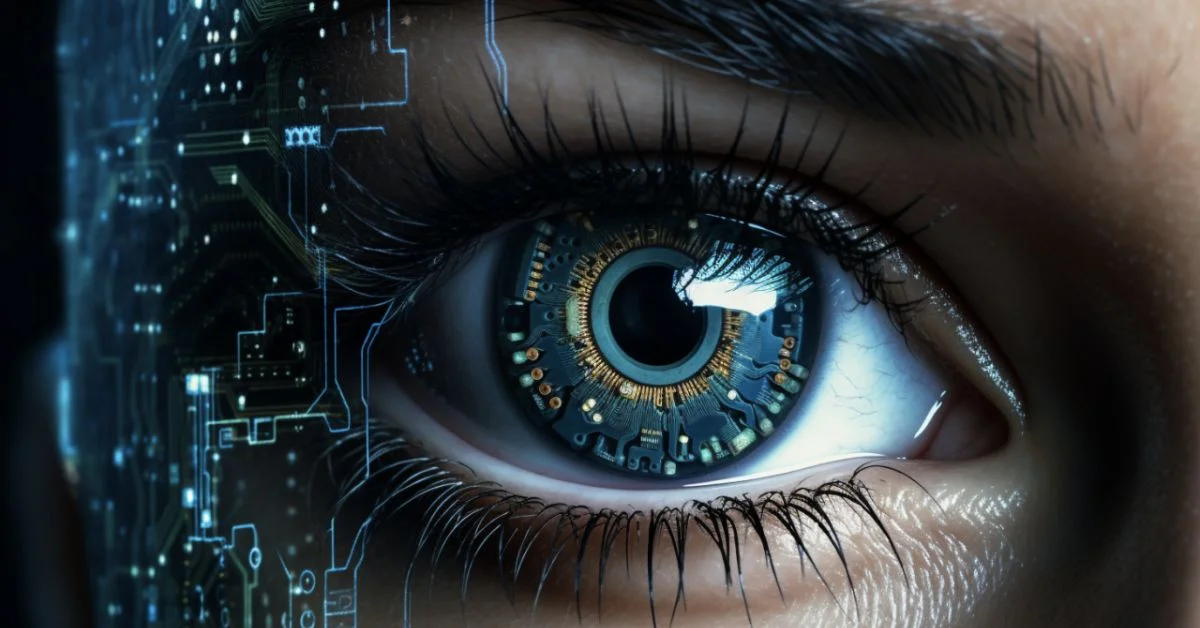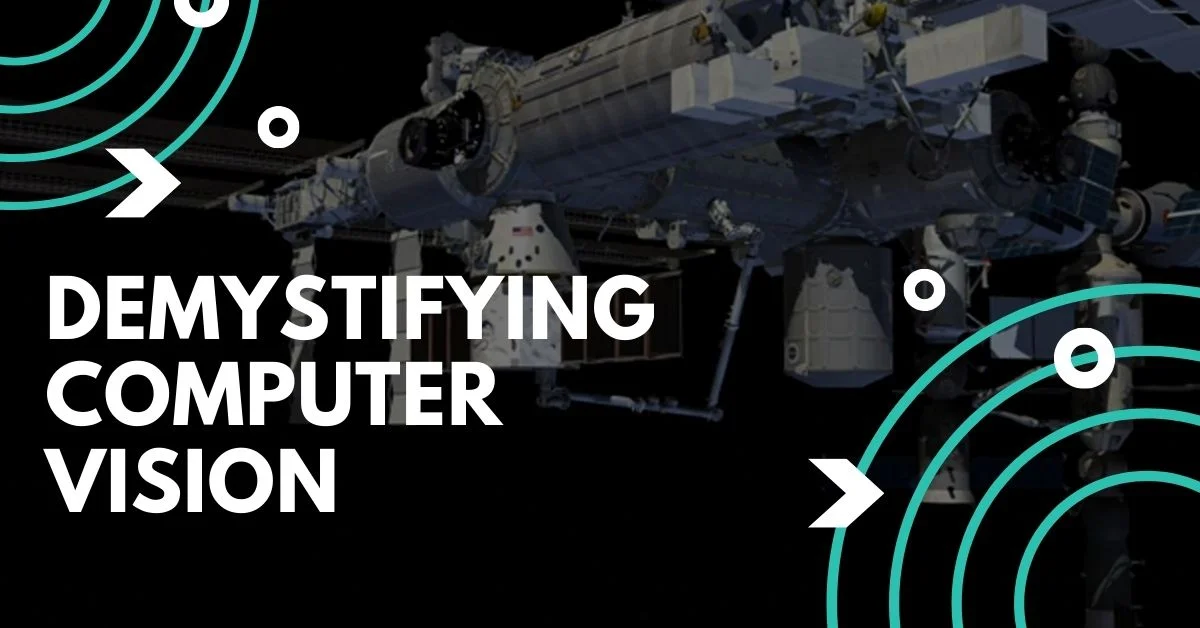In the realm of artificial intelligence, Computer Vision stands as a pivotal field, enabling machines to interpret and understand visual information. It empowers computers to process, analyze, and derive insights from images and videos, mimicking human vision to perceive the world.
Foundational Concepts
- Image Processing Techniques: Computer Vision begins with fundamental image processing methods such as noise reduction, image enhancement, and edge detection. These techniques prepare raw visual data for subsequent analysis.
- Feature Extraction and Representation: Identifying and extracting features like edges, textures, shapes, or patterns from images enable machines to recognize and interpret visual information more effectively.
- Object Detection and Recognition: Algorithms for object detection locate and identify objects within images or videos, assigning labels and bounding boxes to various entities, allowing for automated recognition and classification.

Key Techniques in Computer Vision
- Image Classification: Image classification involves categorizing images into predefined classes or categories. Convolutional Neural Networks (CNNs) have revolutionized this domain, achieving state-of-the-art accuracy in recognizing objects within images.
- Object Tracking: Continuously monitoring and tracking objects’ movements across frames in videos is crucial for applications like surveillance, autonomous vehicles, and augmented reality.
- Semantic Segmentation: Semantic segmentation involves pixel-level classification, delineating and assigning specific labels to each pixel in an image, enabling fine-grained understanding of scenes.
Advanced Computer Vision Models
- Convolutional Neural Networks (CNNs): CNNs have become the backbone of Computer Vision, employing layers of convolutions to extract hierarchical features from visual data, enabling sophisticated image recognition.
- Generative Adversarial Networks (GANs): GANs facilitate the generation of synthetic images by pitting two neural networks against each other, resulting in the creation of realistic images and fostering creativity.
- Transformers in Vision: Inspired by successes in natural language processing, transformer architectures like Vision Transformers (ViTs) process images without conventional convolutional layers, capturing global context efficiently.
Applications Across Industries
- Healthcare and Medical Imaging: Computer Vision aids in medical image analysis, assisting in diagnoses, pathology detection, and treatment planning through technologies like MRI, CT scans, and digital pathology.
- Autonomous Vehicles and Transportation: Enabling self-driving cars, Computer Vision plays a crucial role in detecting objects, lane markings, traffic signs, and obstacles, ensuring safe navigation.
- Retail and E-commerce: Visual search, product recognition, inventory management, and augmented reality shopping experiences leverage Computer Vision for enhanced user experiences and efficient operations.
- Surveillance and Security: Video analytics, facial recognition, and anomaly detection are integral in security systems, bolstering surveillance and public safety measures.
Challenges and Future Directions
- Interpretability and Explainability: Enhancing the interpretability of models remains a challenge, especially in high-stakes applications where transparency is crucial.
- Robustness and Adaptability: Ensuring models generalize across diverse conditions and adapt to unseen scenarios without compromising accuracy is an ongoing focus of research.
- Ethical Considerations: Addressing biases in Computer Vision algorithms and ensuring fairness and accountability in decision-making processes are pivotal for responsible AI deployment.

Conclusion
Computer Vision continues to push boundaries, transforming how machines perceive and interpret visual data. Its wide-ranging applications across industries, from healthcare to retail, transportation to security, signify its profound impact on reshaping our technological landscape. As advancements in AI and Computer Vision persist, so do the opportunities for innovation and the evolution of smarter, more perceptive machines.
This detailed overview of Computer Vision elucidates its core principles, advanced methodologies, industry applications, challenges, and the profound impact it continues to have on various sectors, showcasing its pivotal role in revolutionizing how machines interpret and analyze visual information.










